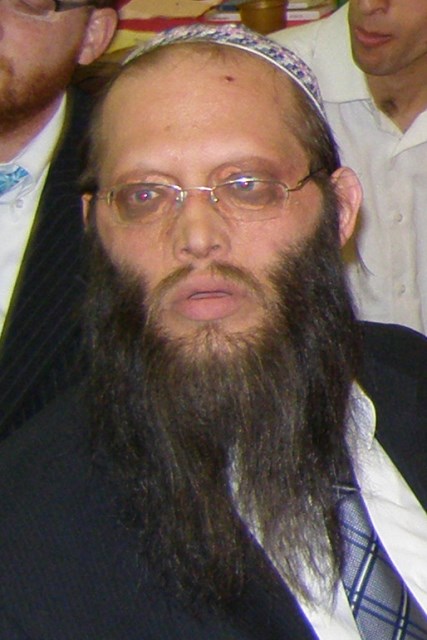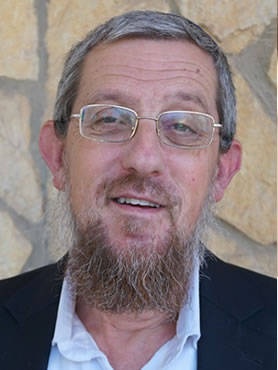Chanukah -- The Most Ancient Holiday
הרב מרדכי גרינברג
נשיא הישיבה
The celebration of 25 Kislev does not begin with the lighting of the Menorah by the Chashmonaim. This day is a significant one, and it has a much more ancient source.
Chazal taught that 25 Kislev was the day on which the Mishkan was completed, just that its construction was delayed until 1 Nisan, and G-d promised that he would compensate this day at a later time.
The foundation of the Second Temple was laid in the days of Haggai on 24 Kislev, and on 25 Kislev they offered the first sacrifices. R. Yaakov Emden writes that this is a compelling reason, not mentioned by earlier sources, why this holiday is called by the name "Chanukah."
Not only was the completion of the Mishkan on this day, but also the short-lived victory of the Greeks, as it says in the Book of the Chashmonaim that on 25 Kislev the Jews purified the Temple, "and this was from G-d to purify the House on the very day that the heathens defiled it three years earlier." What is the special nature of 25 Kislev?
"Ohr" (light) in gematriya (207) equals "raz" (secret). "Ohr" represents the inner, spiritual content of anything, and everything begins from it. It is the very first creation, "G-d said, 'Let there be light!'" Light is the crossover between G-dliness and worldliness, between Heaven and earth, and therefore its source is in the Temple: "From where was light created? From the place of the Temple." (Bereishit Rabbah) There, at the gates of Heaven, in the middle of the ladder, the potential of light was actualized, but because of its intensity it was hidden. The worship is centered there, in the Temple, to reveal it once again. This is the nature of the Menorah, "Towards the face of the Menorah shall the seven lamps cast light." (Bamidbar 8:1) This is interpreted as referring to the Heavenly Menorah, which was hidden. Therefore, the Greeks focused their efforts to extinguish the "light of the world" in this place, and the victory, as well, was through the Menorah of the Temple.
Why is all this specifically on 25 Kislev? The Maharal explains that the year is divided into four seasons. At the beginning of the year (around Rosh Hashana, in the fall), the light (day) is equivalent to the darkness (night). The light continues to diminish until the darkness reaches its peak in the winter solstice. The light then begins to increase and equals the darkness in the spring, and from then on the darkness diminishes until the summer, and once again the darkness begins to increase until the fall. This cycle repeats itself yearly.
The day on which the seasons begin (in the Hebrew calendar) is the 25th, since on 25 Elul light was created. From then on light began to diminish, and reached its nadir at the end of the season. On 25 Kislev the winter season begins, when the day begins to lengthen, and this day represents the triumph of light over darkness. Therefore, on this day begins the work of revealing the hidden light through the dedication of the Temple and the lighting of the candles, and the war between the Greeks and the Jews focuses specifically on this day.
Chazal taught (Avodah Zara 8a):
Since Adam Harishon saw [after he sinned] that the day was becoming shorter, he said, "Woe is to me! Perhaps because I sinned the world is becoming dark on me and returning to emptiness, and this is the death that was decreed upon me from Heaven." He immediately sat and fasted eight days. When he saw the winter season, and saw that the day was lengthening, he said, "It is the nature of the world." He went and celebrated eight days. The following year he made both these [the eight days of fast] and these [the eight days of celebration] as holidays. He established them for the sake of Heaven, whereas they [the heathens] established them for idolatry. The eight days of Chanukah, beginning with 25 Kislev, are the holiday celebrating the triumph of light over darkness, and their source is in the days of Adam Harishon who established them for the sake of Heaven as holidays when he saw that the light was overcoming the darkness.
קוד השיעור: 3926
(Shabbat Chanukah)
לשליחת שאלה או הארה בנוגע לשיעור:

.jpg)




